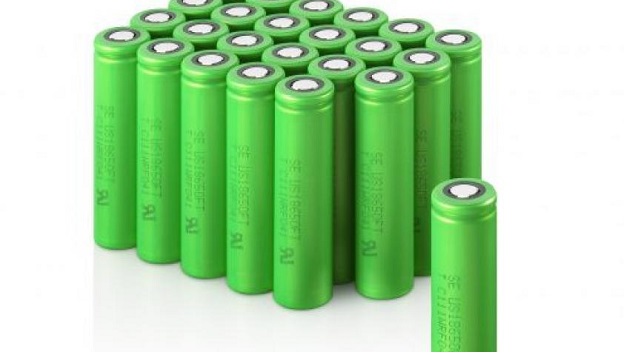A new cathode coating has been developed by scientists, by using an oxidative chemical vapor deposition technique. With the help of this coating, the battery’s cathode could be kept conductive electrically and ionically, with ensuring the battery’s safety even after many cycles.
The scientists at the U.S. Department of Energy’s have discovered the latest cathode coating, which involves an oxidative chemical vapor deposition technique that can help solve various potential issues with lithium-ion batteries, all in one stroke.
Commenting on the new discovery, Argonne distinguished fellow and battery scientist Khalil Amine said, “The coating we’ve discovered really hits five or six birds with one stone.”
In the research, Amine and his fellow researchers took particles of Argonne’s pioneering nickel-manganese-cobalt (NMC) cathode material and encapsulated them with a sulfur-containing polymer called PEDOT. This polymer provides the cathode a layer of protection from the battery’s electrolyte as the battery charges and discharges.
“This coating is essentially friendly to all of the processes and chemistry that makes the battery work and unfriendly to all of the potential reactions that would cause the battery to degrade or malfunction,” said Argonne chemist Guiliang Xu, the first author of the research.
The coating also largely prevents another reaction that causes the battery’s cathode to deactivate. In this reaction, the cathode material converts to another form called spinel. “The combination of almost no spinel formation with its other properties makes this coating a very exciting material,” Amine said.
The PEDOT material of the coating also demonstrated the ability to prevent oxygen release, which is a major factor for the degradation of NMC cathode materials at high voltage. “This PEDOT coating was also found to be able to suppress oxygen release during charging, which leads to better structural stability and also improves safety,” Amine said.
Amine indicated that battery scientists could likely scale up the coating for use in nickel-rich NMC-containing batteries. “This polymer has been around for a while, but we were still surprised to see that it has all of the encouraging effects that it does,” he said.
With the coating applied, the researchers believe that the NMC -containing batteries could either run at higher voltages, thus increasing their energy output, or have longer lifetimes, or both.









